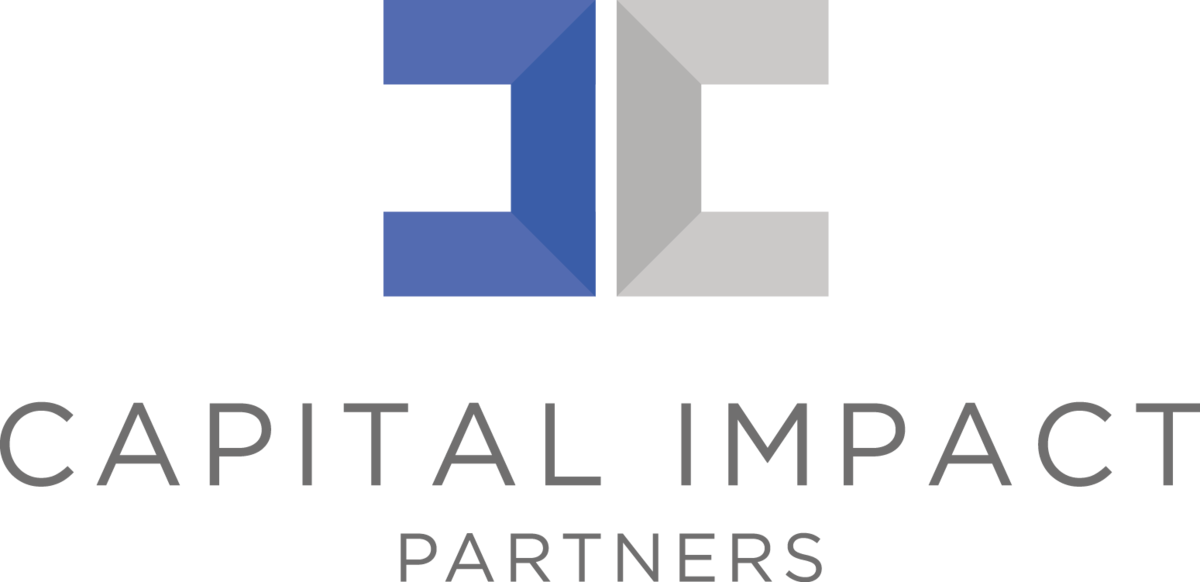The following 10 categories are usually a part of most capital budgets. While each item may not apply to your specific project, they are included so you can see the entire scope of possible project costs.
(1) Land or Building Acquisition
- Surveys and Site Assessments
- Appraisals
- Engineering and Topographical Studies
- Environmental Testing
- Purchase Price (of land)
- Legal Fees
- Demolition Costs of Existing Structures (if appropriate)
- Recordation Fees
(2) Professional Fees
- Architects and Engineers
- Legal Counsel (attorneys)
- Project Management
- Space Programming
- Cost Estimator
- Interior Designer
- Technology Consultants (information technology, security)
- Equipment Planner
- Other Professional Consultants
(3) Construction
- General (Fixed-Sum) Contract
- Separate Contracts for Various Specialties (only if deemed necessary)
(4) Site Preparation (most should be in the GC contract)
- Utilities (water, sewage, gas, phone, Internet, etc.)
- Site Drainage
- Landscaping
- Parking Lot
- Surfacing and Fencing
- Outside Lighting
(5) Furniture, Fixtures, and Equipment (FF&E)
- All Movable Furnishings
- Computers, Telephones, Data Lines
- Security Systems
- Signage/Artwork
- Installation Fees
(6) Inspections
- Inspector to supervise work on owner’s behalf (only if deemed necessary)
(7) Administrative and Permitting Costs
- Postage and Shipping
- Permits, Filing, and License Fees
- Moving/Storage Costs
(8) Financing Costs
- Commitment Fees
- Mortgage Recordation Costs
- Interest During Construction
- Lender’s Inspection During Construction
- Letter of Credit Fees (if required)
- Mortgage Insurance Fees
- Interest Reserves
- Title Costs
- Other Closing Costs
(9) Insurance
- Builder’s Risk
- Property and Liability
- Worker’s Compensation
- Fire and Theft
(10) Contingencies
- Emergencies and Unforeseen Events
- Change Orders During Construction
- Soft Costs — 5 to 10%
- Hard Costs — 10 to 20%
* Adapted from The Little Institute for School Facilities Research
Detailed and Multiple Cost Categories
Detailed and multiple cost categories are important for your lender and team. They allow you to keep close tabs on what you will actually spend, and your lender expects to see individual budget items so they know what they are paying for. It is important to conservatively budget every line item (i.e., err on the side of overestimating costs), since many lenders will not allow line items to vary, or will only allow a small (e.g., 2 to 5%) variance. Any variance will have to come out of budgeted contingencies or reductions in other line items. For example, if you have budgeted $30,000 for legal fees and the final bill comes to $38,000, you have three options: (1) Take the difference from another line item; (2) take the difference from contingencies; or (3) pay for the difference out of pocket. By accurately estimating every possible cost, you greatly improve the likelihood that the project will be completed on time and within budget. If you have any questions about how to proceed with the preliminary capital budget, please seek advice from a financial advisor or accountant.
Conduct Cost Analyses Early and Often
Many professionals recommend that costs analyses be conducted six or seven separate times throughout the development process. Early analyses tend to be rough estimates, with each subsequent analysis gaining additional refinement.
- Upon completion of the site evaluation and needs assessment
- Upon completion of schematic design
- Upon completion of design development
- Upon completion of any schematic redesign as required, for example, by funding agencies.
- Upon feedback from lenders requiring budget adjustments
- Upon completion of the construction contract documents
- After the bidding process, to compare bids
Contingency Planning
Contingency planning is a must as situations will arise during the development process that you may not anticipate. Consider the following possibilities:
- A proposed site becomes unavailable.
- All three construction bids come in between 3 and 5% higher than budgeted.
- There is a shortage of materials, and your materials costs are higher than anticipated.
- Your contractor discovers asbestos on-site and it needs remediation.
- A major grant you anticipated falls through and you are $500,000 short.
- The site is vandalized and a portion of the work has to be redone. While the replacement of materials and the cost of redoing the work are covered by the builder’s risk insurance, take into consideration the damage to the project in terms of time delays.
Most lenders require a 5% contingency on soft costs, a 10% contingency for new construction hard costs, and as high as a 15% contingency for renovation projects. A higher contingency for renovation projects is advisable because these projects often involve older buildings that can present unforeseen or hidden construction problems not discovered until work is well under way. While a contingency line item is always recommended, don’t make it a substitute for proper planning and budgeting. Going over budget may force you to choose between putting the project on hold while you go out and locate additional funding sources, or scale back on your project design. Careful planning and budgeting will help you avoid these scenarios.
It is rare for charter school operators to find a traditional school facility ready for use. Many schools have adapted facilities such as office space, warehouses, stores, or retail space, and even residential properties. Leasing portions of another organization’s space or using modular units (trailers) is also a common solution. Charter school operators who think about their needs flexibly and plan strategically are better prepared for site selection and subsequent phases of the facility acquisition and development process.
Legal Disclaimer:
Nothing in this material should be construed as investment, financial, brokerage, or legal advice. Moreover, the facts and circumstances relating to your particular project may result in material changes in the processes, outcomes, and expenses described herein. Consult with your own professional advisors, including your financial advisors, accountants, and attorneys, before attempting to consummate any transaction described in this material.
